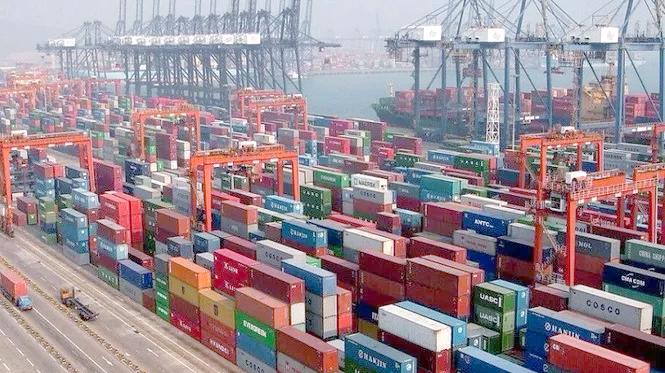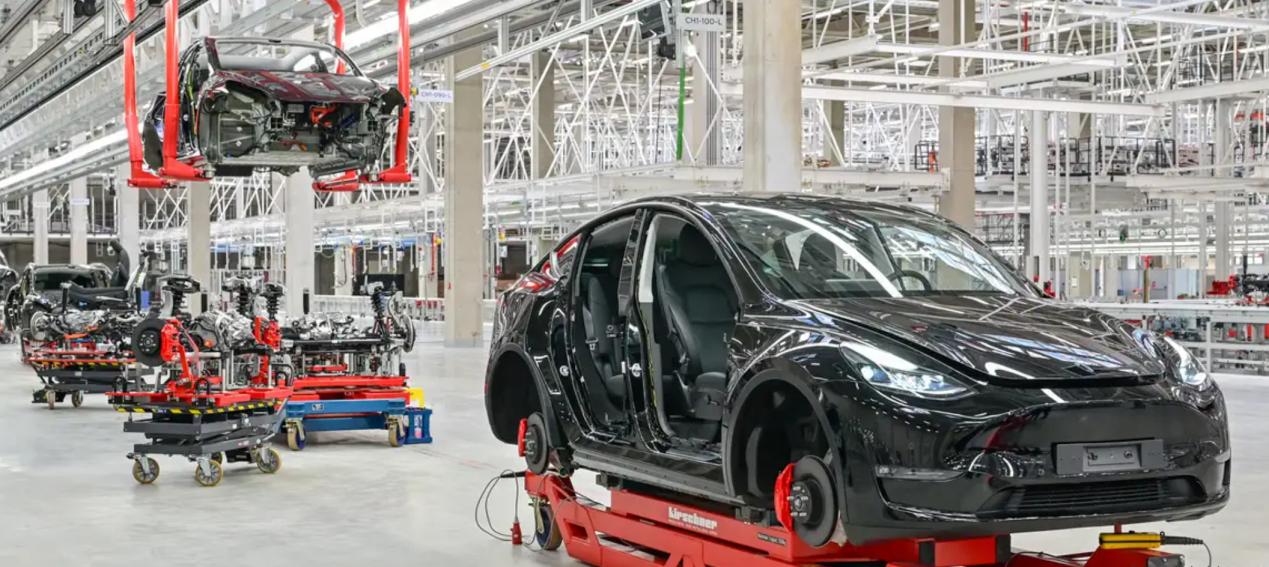
Recently, the European Commission has put forward two legislative proposals, announcing the cancellation of tariffs on some US industrial products, the expansion of market access for agricultural products, and the extension of lobster duty-free treatment. In response, the United States has simultaneously committed to reducing EU tariffs on automobiles and parts from 27.5% to 15%, and implementing zero tariffs on goods such as cork and aircraft parts. This seemingly "win-win" agreement is actually a phased compromise of transatlantic trade relations under high tariff pressures. The hidden industrial games, political calculations, and rule restructuring behind it are reshaping the global trade pattern.
The core logic of this agreement is "exchanging cars for markets". The reduction of US car tariffs from 27.5% to 15% has directly eased the urgent needs of European car companies. In the first half of 2025, Germany's automobile exports to the United States decreased by 12% year-on-year, and Volkswagen Group's profit increased by 1.3 billion euros due to tariff costs. Although the tariff reduction has not completely eliminated cost pressures, it has provided a window of transition for European car companies. The EU's concessions are also targeted: lifting tariffs on US industrial products to cover key raw materials such as steel and aluminum, but data shows that the EU's average tariffs on US industrial products are already as low as 1.35%, with limited actual impact; Extending the tax-free treatment for lobsters continues the "political chip" of the Trump era in 2020- the export value of American lobsters to Europe has rebounded to 69.2 million euros, accounting for 25% of the EU market share. More importantly, the EU has committed to purchasing $750 billion worth of American energy products and $40 billion worth of AI chips by 2028, and promoting $600 billion in strategic investments in the United States. These terms deeply link European industrial security with American economic interests, creating an implicit cost of "exchanging markets for technology".
The vulnerability of the agreement lies in the exemptions and vague expressions in key areas. Although the United States has lowered its car tariffs to 15%, the steel and aluminum tariffs remain at a high level of 50%, directly pushing up production costs for European car companies. According to statistics from the German Association of Automobile Manufacturers, the high tariffs imposed by the United States on raw materials such as steel and aluminum have increased the cost of each vehicle for EU car companies by $400-600. This' upstream bottleneck 'effect offsets some of the dividends from the reduction of automobile tariffs. What is even more alarming is the covert warfare in the field of digital regulation. Trump immediately threatened to impose tariffs on the EU's digital tax and data regulation policies after the agreement was signed, directly targeting the European technology sovereignty strategy. French President Macron has proposed retaliatory measures against American tech giants, but member countries such as Germany are hesitant due to concerns about an escalation of the trade war. The parallel of this "economic agreement" and the "technological cold war" exposes the fundamental differences between Europe and the United States in terms of rule making power.
For Europe, the agreement is a 'stop loss' rather than a' breakthrough '. According to data from the European Statistical Office, in June 2025, EU exports to the United States decreased by 10% year-on-year, and Germany's trade surplus with the United States shrank by 12.8%. Although the tariff reduction may ease the export downturn, the European Central Bank predicts that the economy will continue to stagnate in the third quarter, and Germany will be plunged into a "structural crisis". The agreement requires the EU to expand its energy procurement from the United States, which may weaken its energy transition achievements; The $40 billion AI chip procurement plan may exacerbate Europe's dependence on American technology. The United States also faces a dilemma. The Goldman Sachs report states that if the current tariff pattern continues, by October 2025, American consumers will bear two-thirds of the cost of imposing tariffs. Although the reduction of automobile tariffs can alleviate inflationary pressures, tariff barriers in areas such as steel, aluminum, and digital products may still push up terminal prices. More importantly, the agreement did not address the core issue of the US trade deficit - in the first half of 2025, the US trade deficit in goods with the EU will still reach $89 billion, only a 5% decrease from the same period in 2024.
The temporary nature of the European American agreement reflects the deep-seated crisis in the global trading system. The Trump administration's use of tariffs as a political tool to force the EU to make concessions in areas such as automobiles, energy, and technology is essentially an upgraded version of the "America First" strategy. Although the EU has avoided a full-scale trade war through agreements, sacrificing industrial security for short-term stability has exposed the limitations of its "strategic autonomy". This game has a warning significance for developing countries. The tariff adjustments in the automotive, semiconductor, and other fields by Europe and America may trigger a global industrial chain restructuring. For example, German car companies are accelerating the transfer of electrification capacity to China, with Volkswagen Group's investment in the battery sector in China increasing by 40% year-on-year in the first half of 2025. This "eastward shift" trend is not only a way to avoid uncertainty in European and American trade, but also a vote for the stability of emerging market institutions.
The EU US tariff agreement is like a carefully designed "tariff magic": on the surface, it appears to be a tariff rate adjustment, but in reality, it is a redistribution of power and interests. For Europe, how to maintain the bottom line of industrial security while making concessions; How to balance protectionism and inflation control for the United States; For the world, how to reconstruct multilateral trade rules - the answers to these questions will determine the direction of the global economy in the next decade. It can be foreseen that in the context of weaponization of trade becoming the norm, any agreement is only the starting point of the next round of games, not the end point.

The global electric vehicle market in 2025 is experiencing intense turbulence. Tesla, once a disruptor that reshaped the industry landscape, is now mired in an unprecedented sales crisis.
The global electric vehicle market in 2025 is experiencing …
Recently, Chinese telecom companies Huawei and ZTE signed a…
Recently, according to Xinhua News Agency, Israel's air str…
A strongly worded report from the Equality Trust argues tha…
On November 27, 2025, Alibaba officially entered the global…
The focus of the global financial market in 2025 has always…